Green lending offers a new local growth model
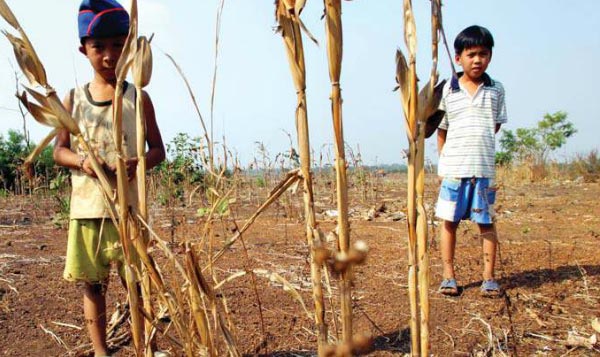
illustration photo
Vietnam is also no stranger to the perils of rapid economic development.
According to World Bank research, environmental pollution costs Vietnam 5.5 per cent of its gross domestic product annually, with $780 million alone earmarked for health issues. Water pollution has become a major concern and the amount of solid waste is escalating annually. Industrial parks are also causing serious environmental pollution, as more than 30 per cent of the more than 1,000 industrial parks and industrial clusters in the country operate without waste treatment systems.
As a background to these serious challenges, Vietnam needed a new growth model that ensured progress no longer came at the expense of people and the environment. To address this need, the government issued the Green Growth Strategy in 2012 and Green Growth Action Plan in 2014 to promote investment in green innovation and improve the efficient use of natural resources, while simultaneously improving the country’s, and especially the poorest and most vulnerable’s, resilience to climate change impacts. This commitment to a change is of course underscored by the further integration of green growth into the next five-year Socio-Economic Development Plan.
The banking regulator has been quick to respond to this new strategy. Early this year, the Governor of State Bank of Vietnam issued a directive on promoting green credit growth and environmental and social risks management in credit granting activities. It requests all commercial banks to proactively manage environmental and social impacts of their customers’ activities and develop green credit products as well as promote credit growth to environmentally and socially friendly business activities.
For this directive to be effectively enforced, banks must be convinced this approach is financially attractive. The truth is, rising tensions between businesses and local communities, scarcity of water and increased costs and risks associated with environmental challenges, x represent a higher credit risk for lenders. When environmental and social risks are considered, financial institutions make better investments which ultimately yield higher returns.
For this green approach to fully take root, greater collaboration between the country’s banking and environmental regulators is needed to allow banks to tap into the environmental authorities’ updated watch list of polluting firms.
Vietnam does not stand alone
Many of Vietnam’s neighbours have implemented similar policies and guidelines. The Indonesian Financial Services Authority late last year unveiled a national strategy to promote sustainable finance. It covers banking, the capital market and non-banking sectors, helping them grow in a sustainable manner, while contributing to national climate change mitigation commitments and a shift to a low-carbon economy.
Closer to home, China’s Green Credit policy – a product of the Ministry of Environmental Protection (MEP) and the China Banking Regulatory Commission (CBRC) – was launched in 2007 to direct commercial bank financing away from polluting and energy-intensive projects towards energy-efficient and emission-reducing ones. It also requires financial institutions to integrate environmental and social considerations into credit decision-making and management. MEP has been a key player in devising Green Credit Guidelines as part of its broader policy to achieve positive environmental impacts and economic benefits. It has also been instrumental in contributing best practices in managing environmental and social issues. The Green Credit policy has already delivered meaningful results, with a growing number of green credit loans.
As more institutions from emerging markets adopt sustainable finance practices, they are helping to grow the pool of knowledge to build up a “green game plan” for the global financial sector. The Sustainable Banking Network, an IFC-facilitated international knowledge sharing platform of regulators and banking associations, is expanding members to all continents. Vietnam is amongst the founding members of this network.
Win-win for banks
There is a growing amount of evidence globally that there are win-win situations when banks work with clients to improve environmental and social aspects of their businesses. In other words - sustainable finance is increasingly seen as the way forward to achieve environmental and business goals. While still new, it also offers a way to manage risks, increase resilience and grow markets.
IFC, the World Bank Group’s institution focused exclusively on private sector development, has found a positive correlation between the application of its Environmental and Social Performance Standards and economic and financial performance of companies. Commercial banks have come to the same conclusion, and more than 80 financial institutions worldwide are voluntarily following IFC’s standards when assessing project finance and corporate finance transactions.
IFC has been working with leading Vietnamese lenders Techcombank and VietinBank to develop their energy-efficiency lending facilities for local small and medium enterprises over the past four years. So far, the two banks have committed total financing of nearly $63 million for nine sustainable-energy projects, which will help reduce energy use by around 260,000 megawatt hours and more than 130,000 tonnes of carbon dioxide emissions per year.
What the stars mean:
★ Poor ★ ★ Promising ★★★ Good ★★★★ Very good ★★★★★ Exceptional
Latest News
More News
- Going green to save a bundle (June 08, 2015 | 10:00)
- Green buildings: the rising trend (June 02, 2015 | 09:41)
- Green buildings – key to sustainable urban development in Vietnam (May 18, 2015 | 17:00)
- Feed-in tariffs continue to haunt green energy prospects (December 15, 2014 | 10:47)
- Building material types intrinsic to green ratings (December 09, 2014 | 11:56)
- Turning an eco- smart dream into reality (December 09, 2014 | 11:55)
- Green products enjoy a growing presence at Vietbuild Hanoi 2014 (December 01, 2014 | 10:06)
- Country profits from green building (November 24, 2014 | 11:02)
- Firms flout enviroment laws (November 17, 2014 | 10:48)
- Energy efficient sticks and carrots (November 10, 2014 | 15:30)

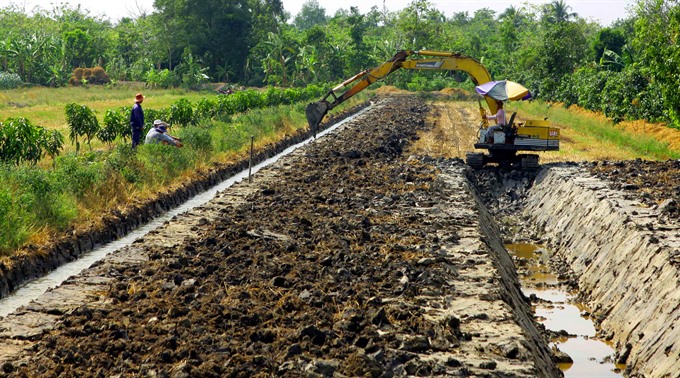
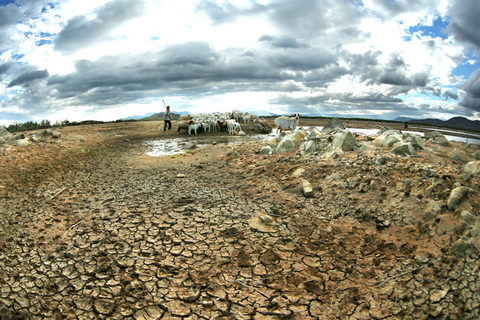

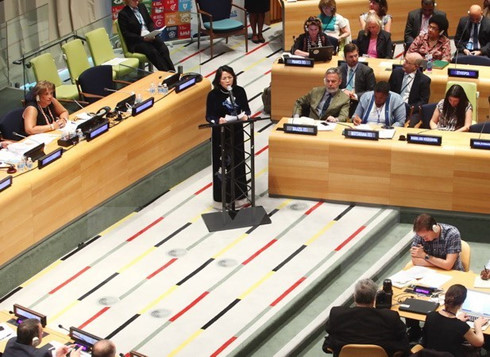
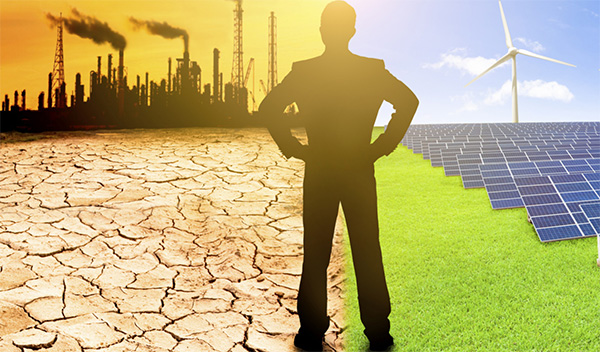
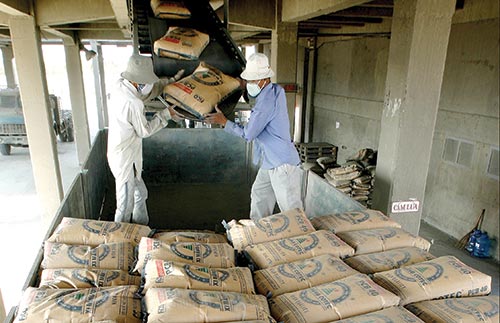



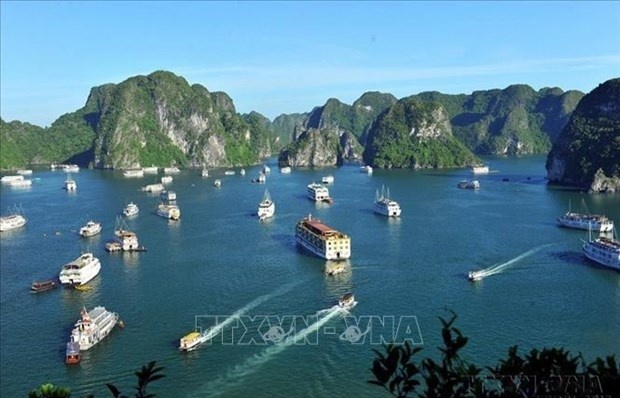
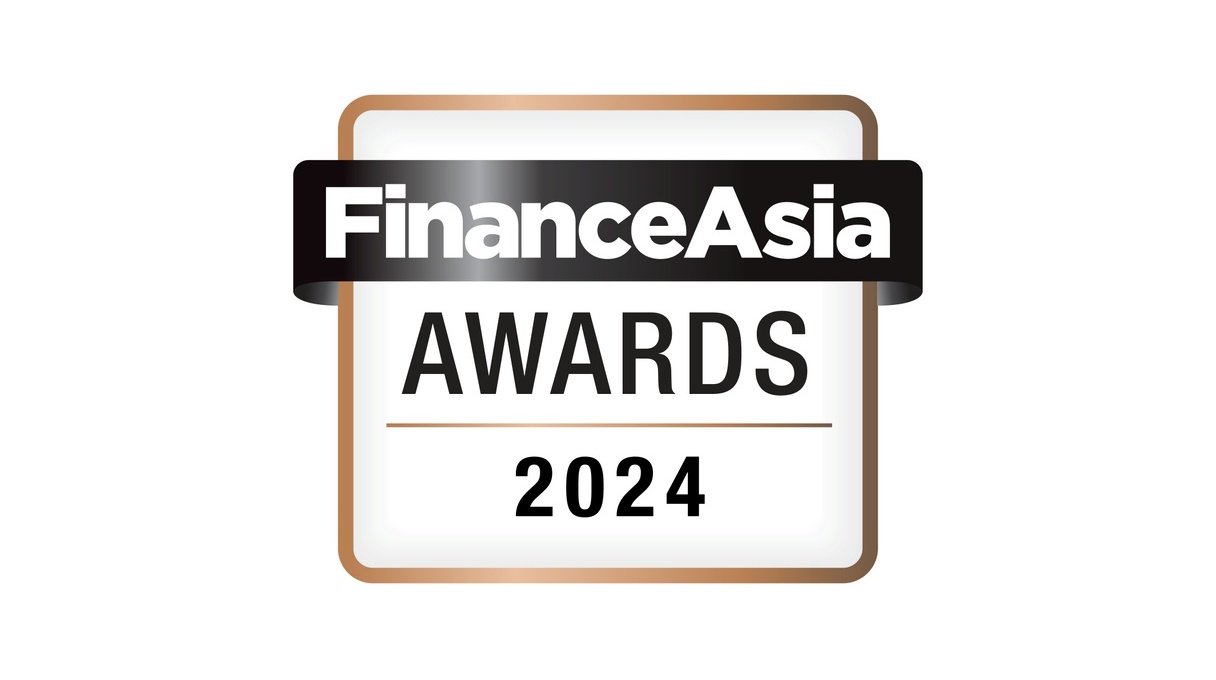




 Mobile Version
Mobile Version